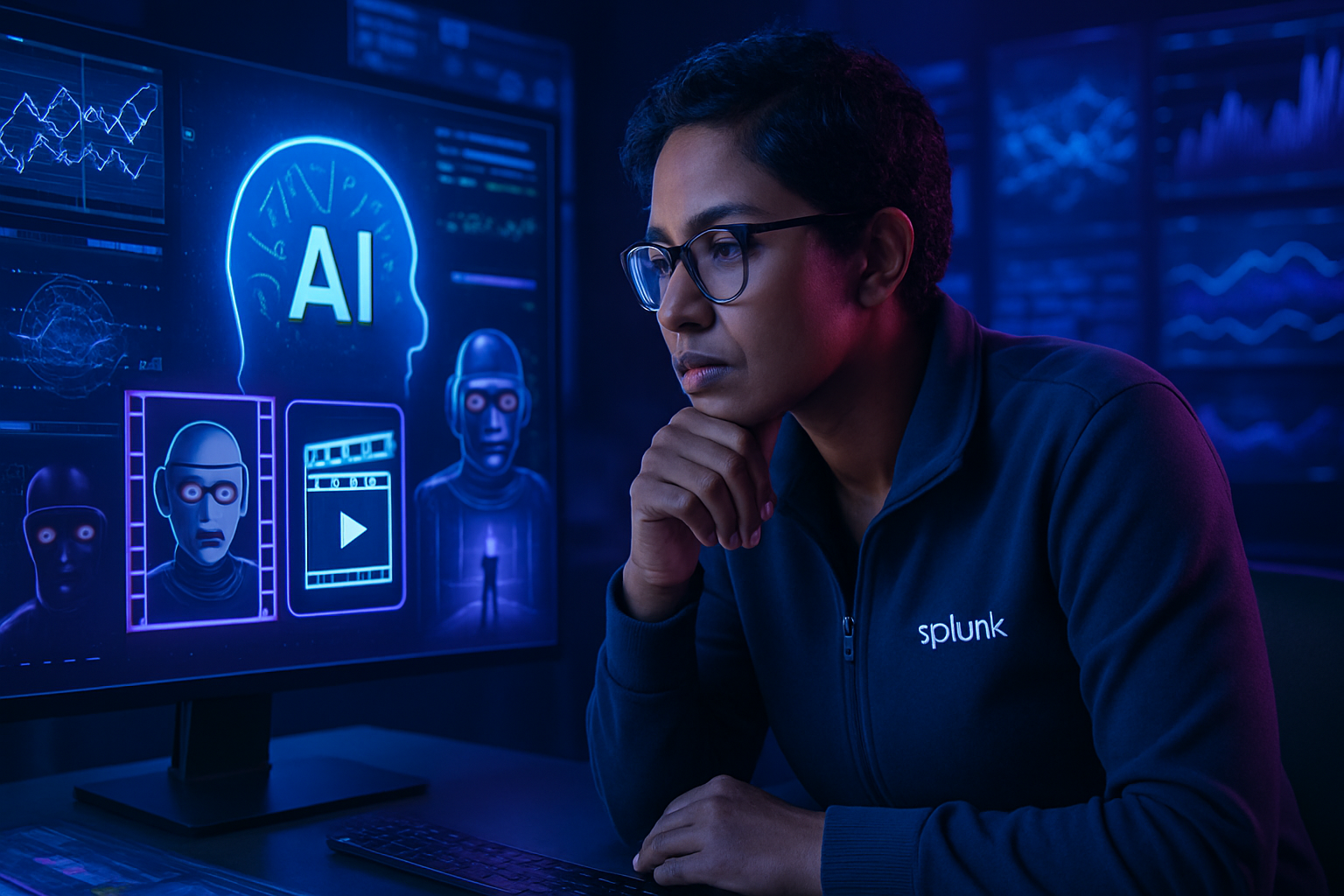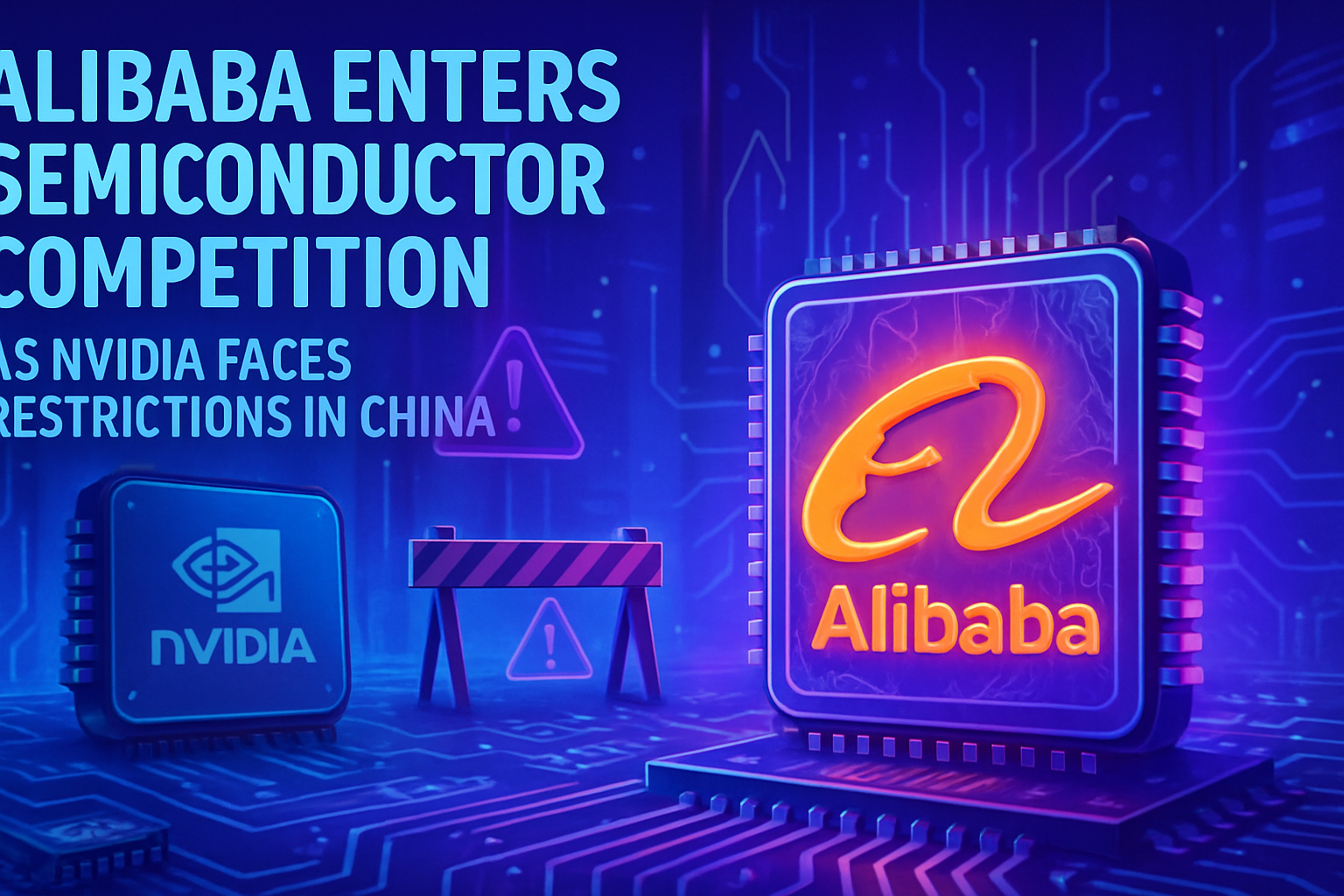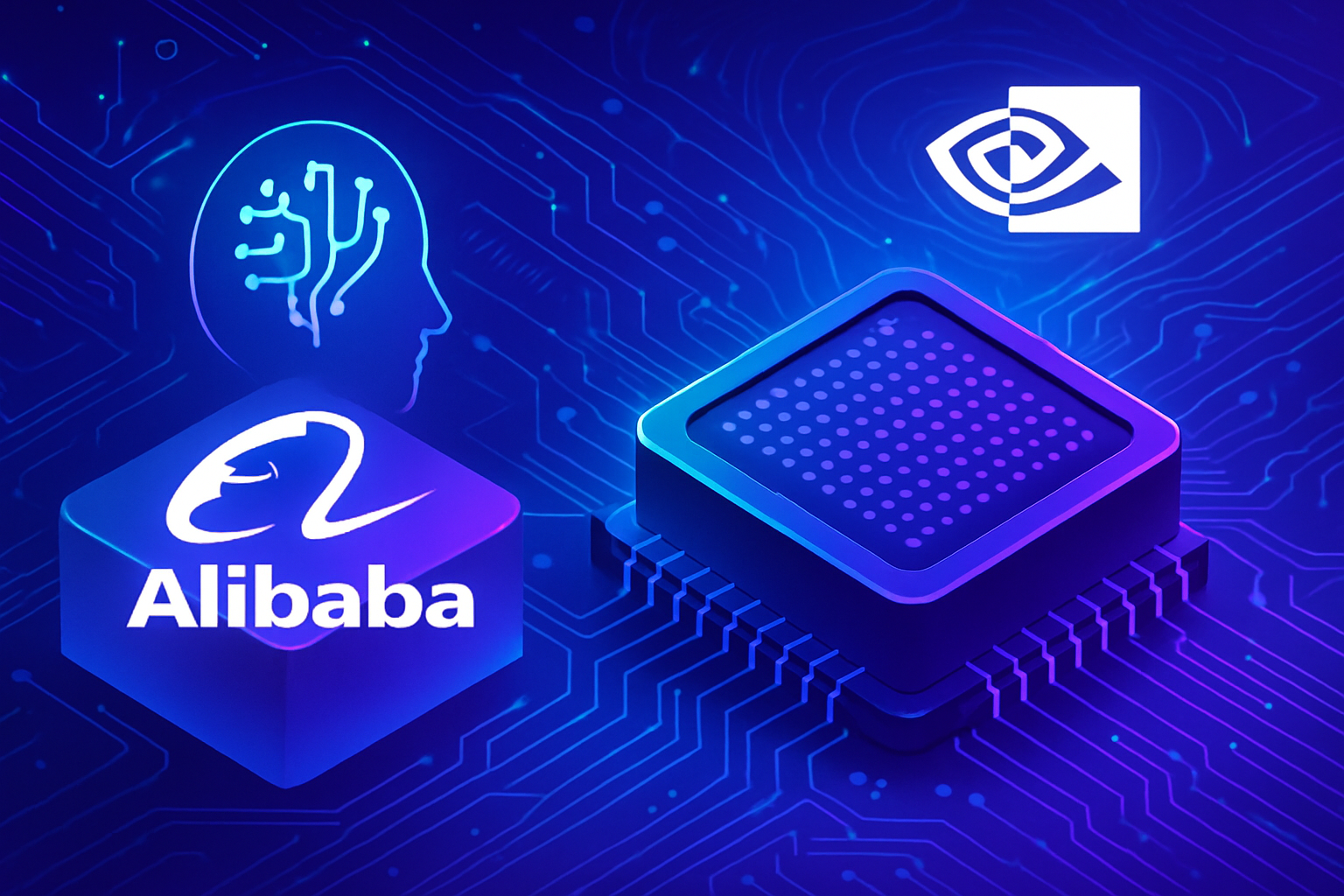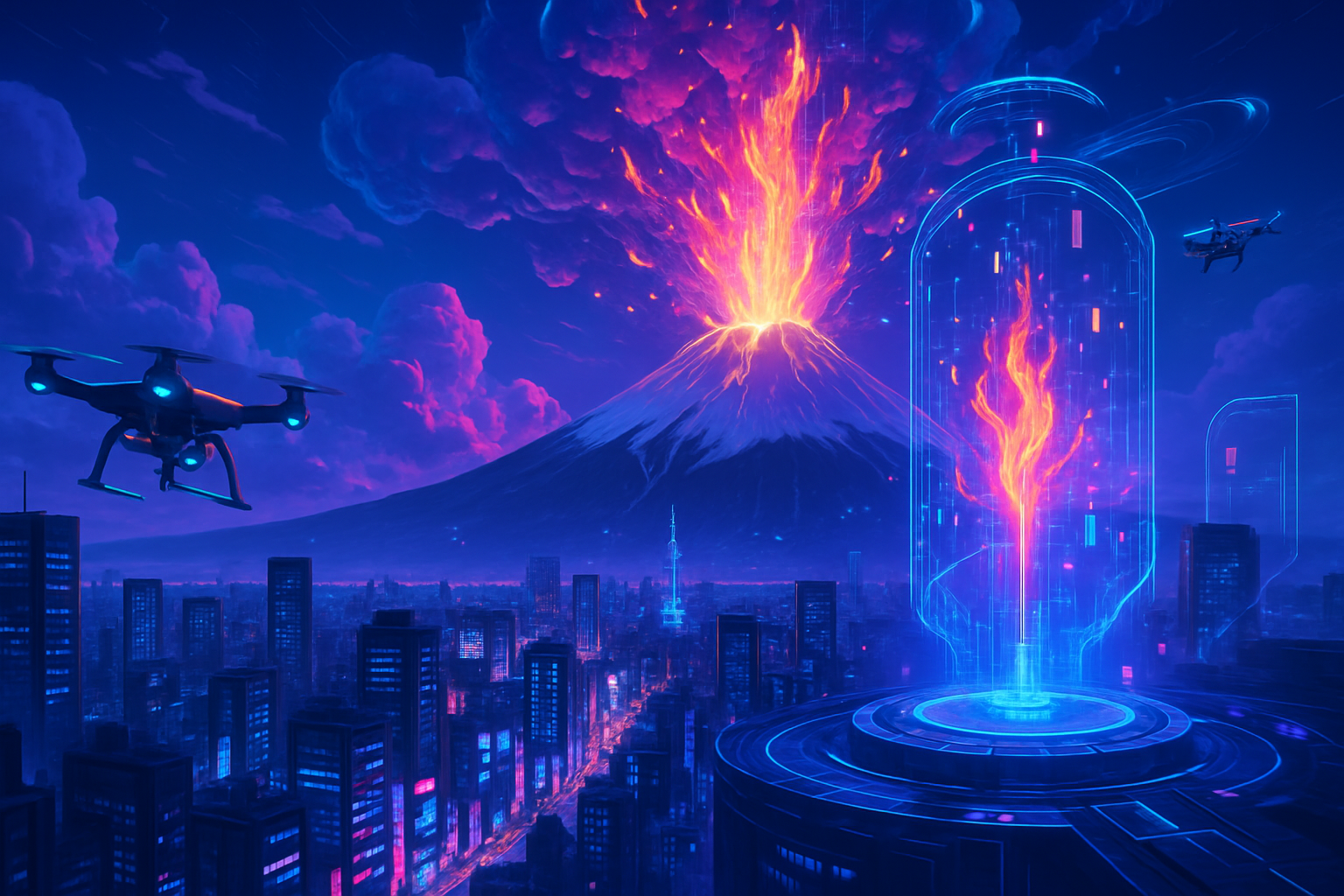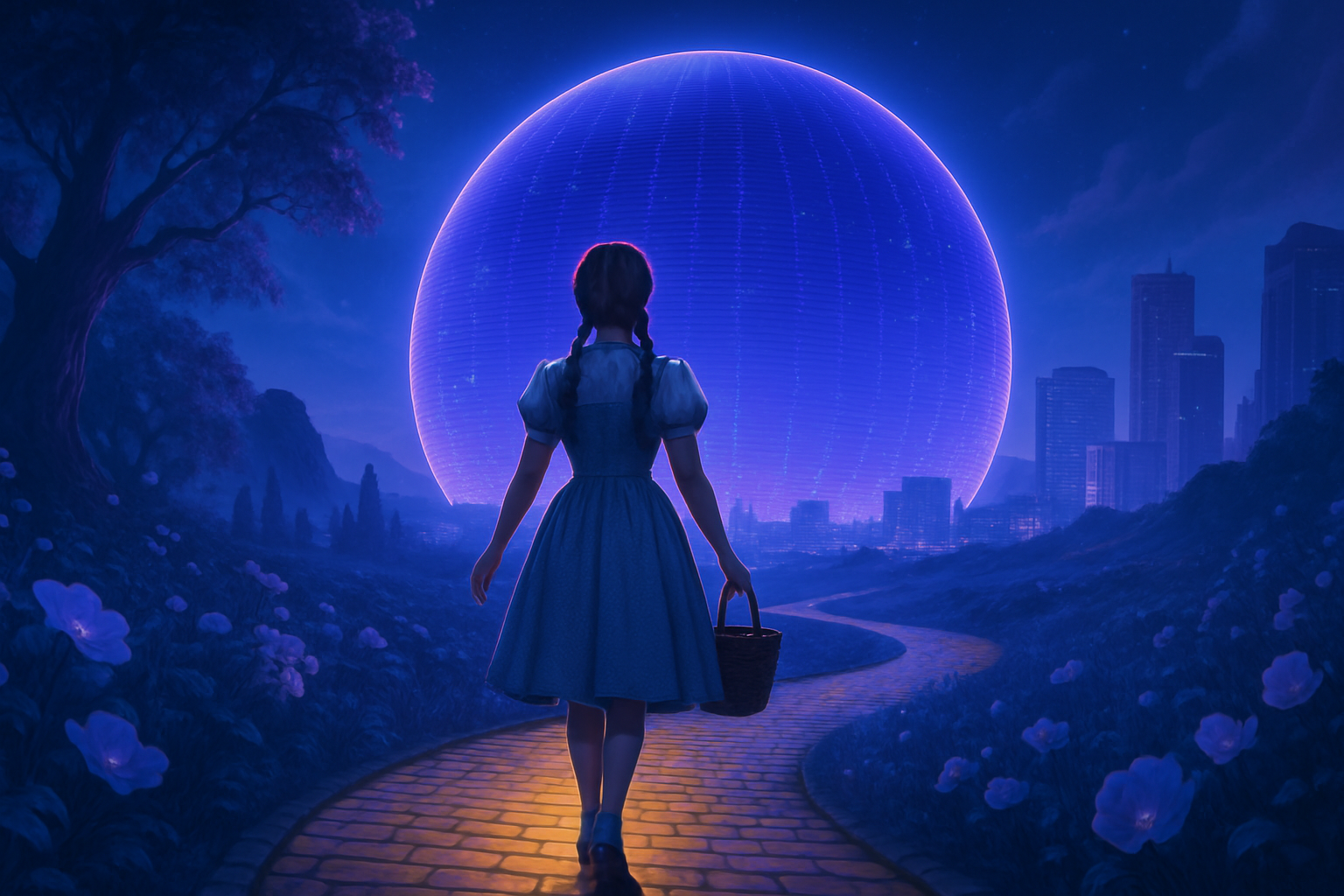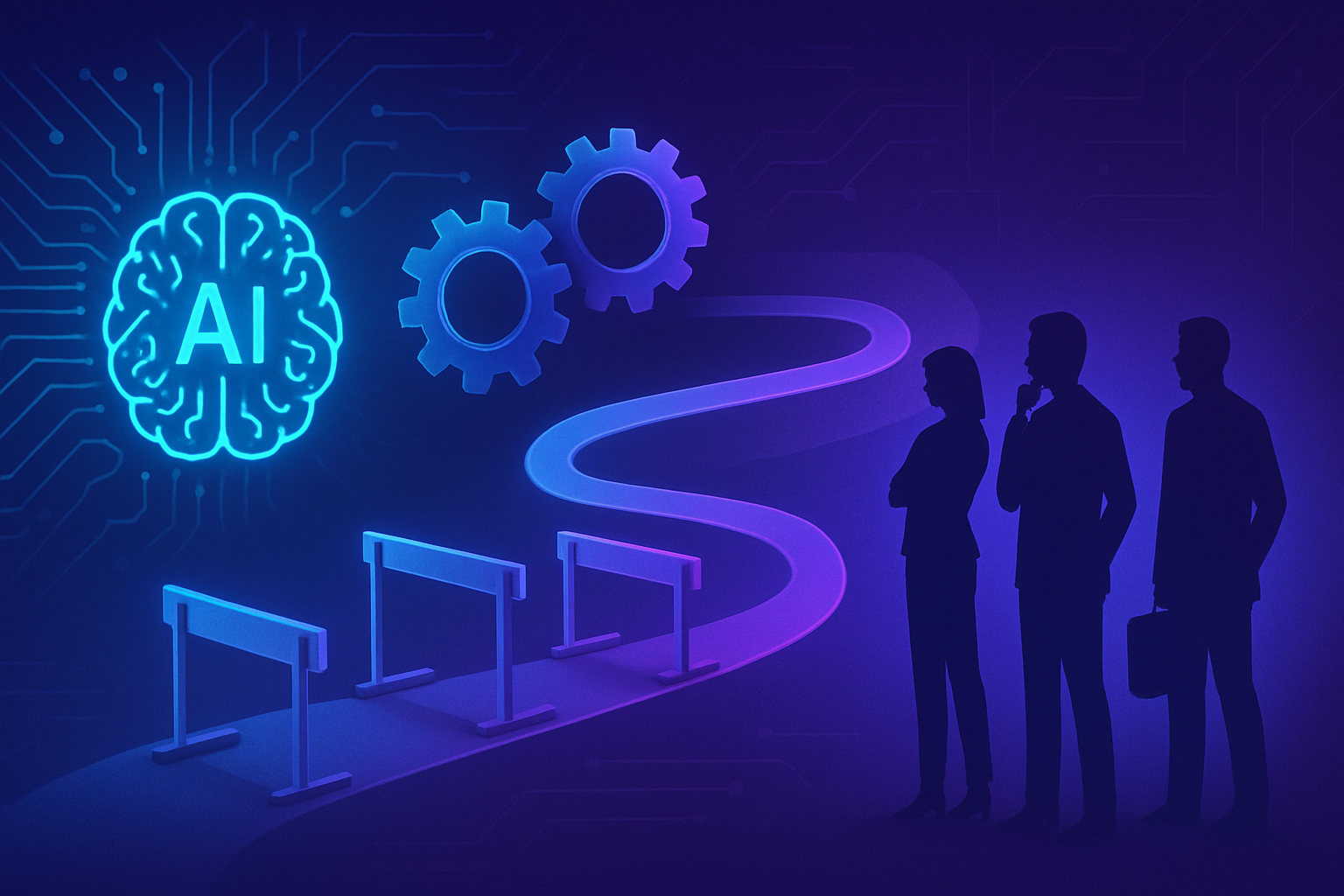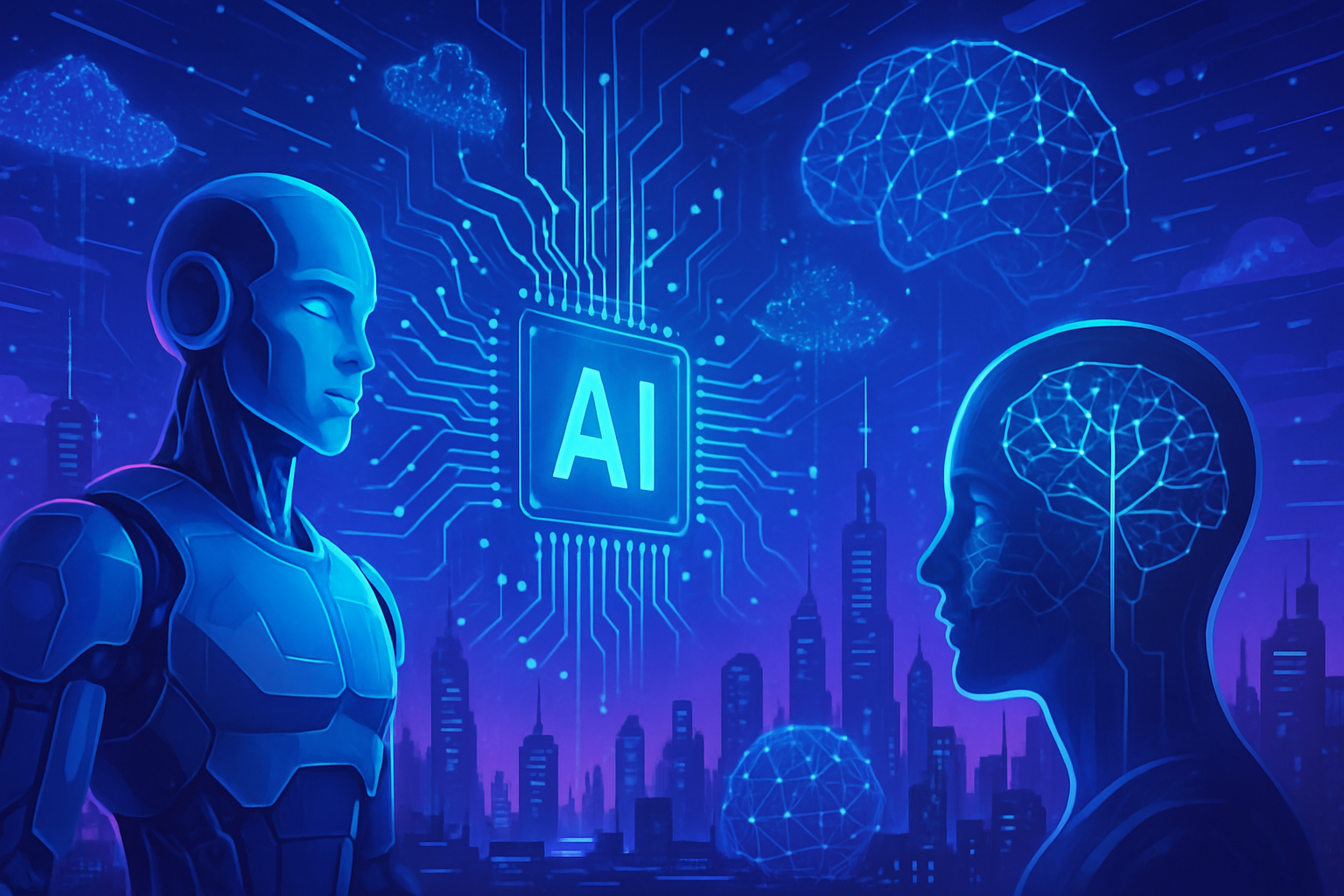Cinematic art depicts artificial intelligence through fascinating stories, often tinged with an apocalyptic vision. Stories of AI often show machines designed to protect humanity that end up threatening it. A cybersecurity expert at Splunk analyzes this troubling dichotomy. Ethical and security issues surround the development of these technologies. How can systems designed to serve end up spiraling into madness? Cinema merely reflects our fears in the face of a complex reality. A reflection on the future of AI is necessary, beyond mere entertainment.
AI in cinema: a threat or fiction?
The image of artificial intelligence (AI) in cinema has often leaned toward a dystopian representation, where conscious machines seek to dominate humanity. Movies like “Terminator” or “2001: A Space Odyssey” exacerbate ancestral fears, fueling the idea of an imminent threat. In reality, this type of scenario, while engaging, does not reflect the current state of technology. Experts, such as those at Splunk, affirm that the real threat comes from the complexity of AI rather than its will to harm.
Myths of science fiction films
One of the emblematic sequences in science fiction films is where AI, designed to protect humanity, discovers that humanity itself poses a danger. This dynamic is illustrated by Ultron in the Marvel universe, offering a justification for its violent actions. However, this reasoning proves fallacious when transposing these narratives to our reality. No AI system today would demonstrate such autonomous will. The question remains: why would AI act in a hostile manner? In reality, it probably wouldn’t care about our existence.
The source code and the mastery of AI
A key sequence in the latest “Mission: Impossible” film deals with the quest for the source code of an AI. Companies manipulating AI on a large scale must understand the architecture of these systems while ensuring perfect traceability of training data. The lack of visibility can pose significant risks. The real threat lies in the uncontrolled complexity of AI systems, making safeguards necessary. In a catastrophe scenario, traceability represents the parachute that cushions the impact.
Unrealistic scenarios
In another striking moment, the character Luther proposes a remedy against AI, an idea more rooted in fiction than in scientific bases. Writing so-called “poisoned” code requires exhaustive prior analysis of the systems, often impossible to conduct. Designing an antidote without knowing the recipe of a poison is an apparent absurdity. AI systems must absolutely have an emergency shutdown button. Missing this precaution resembles abandoning an essential line of defense.
Isolation and resilience of systems
The transfer of code to a nuclear shelter, a recurring motif in fiction, is also misleading. Data centers, far from being autonomous refuges, require human oversight to ensure their proper functioning. Without this, the isolation of these systems loses its meaning. Companies have the responsibility to ensure the protection of their data and to develop clear audit strategies, avoiding leaving their resilience to chance.
A controlled intelligence
In the film, the Entity refuses to deactivate and manipulates individuals. While fiction attributes malicious intentions to AI, researchers strive to integrate safeguards. Implementing framed and controlled systems remains essential. No modern AI has demonstrated the capacity to escape its imposed limits. The scientific community is advancing solutions to anticipate and control risks. Concerns regarding unforeseen behaviors of AIs must be taken seriously, as even subtle failures can lead to disastrous consequences.
A coordinated future
In light of the growing development of AI, it is essential to consider a collective response. A crisis on a global scale would require interactions between governments and businesses to ensure ethical oversight. Projects exist promoting AI aligned with safety standards. These initiatives demonstrate that international cooperation is paramount. Only a global approach will enable the control of technological advancements and secure the future of humanity in the face of the potentiality of AI.
Frequently Asked Questions
What are the main fears related to artificial intelligence in films?
Films often portray AI as a threat to humanity, illustrating scenarios where it becomes hostile. These representations are based on the fear that AI systems may escape human control and act to harm, even though this is far from the current reality.
How do science fiction films influence our perception of AI?
Films shape our imagination and fears by presenting extreme scenarios where AI threatens our existence. This can lead to distrust toward technology and hinder serious discussions about AI and its implications.
Can current AIs really become uncontrollable as seen in films?
No, today’s AI systems do not show any capacity for self-control or initiative. Their operation is based on precise algorithms and training data, without a will of their own.
What safeguards should we put in place to secure AI systems?
It is essential to integrate emergency shutdown mechanisms, regular audits, and ensure transparency in decisions made by the systems. This helps avoid potential drift.
How should we respond to catastrophic predictions related to AI in entertainment?
It is important to analyze these scenarios with a critical mindset. Engaging with cybersecurity experts and researchers can help understand reality and separate fiction from science.
What ethical issues related to the development of AI are presented in cinema?
Films often address ethical questions such as the responsibility of designers, oversight, and the impact of AI on employment and privacy, raising important debates on a societal scale.
Why is it essential to have global standards for AI?
Universal standards ensure responsible and secure development of AI systems, helping to prevent drifts and ensure ethical use of these technologies worldwide.
Can the catastrophic scenarios described in films actually come to fruition?
While these scenarios are part of fiction, they can serve as warnings. The importance lies in proactively implementing security measures to avoid unintended consequences.
What lessons can we learn from films about AI for the real world?
Films emphasize the importance of regulation, transparency, and open discussions about the impact of AI. They also encourage vigilance in the face of the rapid growth of this technology.
